
Sardinero Beach
You have probably wondered what to see in Santander if you plan a trip through the region of Cantabria. Stately and cosmopolitan, the city has developed in the heat of tourism since the king made it fashionable as a holiday destination Alfonso XIII. But its economic strength is much earlier, specifically it began in the sixteenth century when it became the arrival of Lanas path and was consolidated as a seaport of Castilla.
Although he suffered a terrifying fire in 1941, which destroyed a good part of its historic center, there is much you have to see in Santander. In addition, the mountain capital is a small city that you can explore on foot and that offers you an extraordinary gastronomy. If you want to discover what to do in Santander, we invite you to follow us.
What to see in Santander: sea and historic buildings
The Cantabrian capital has magnificent beaches, very beautiful surroundings and an important monumental heritage that has not stopped growing. We are going to see some of its highlights.
Cathedral Church of Our Lady of the Assumption
This impressive temple was built between the XNUMXth and XNUMXth centuries on the old Abbey of the Holy Bodies, where they were buried Saint Emeterio y Saint Celedonius, the patterns of the city. Its a church gothic that lost a good part of its treasures in the aforementioned fire, although a vast reconstruction task was undertaken.
It also has several baroque chapels which were made by Fernando Herrera, Juan Alvarado and Sebastián de la Puebla. One of them houses the tomb of Menendez Pelayo, by Victorio Macho. It also has a precious gothic style cloister.
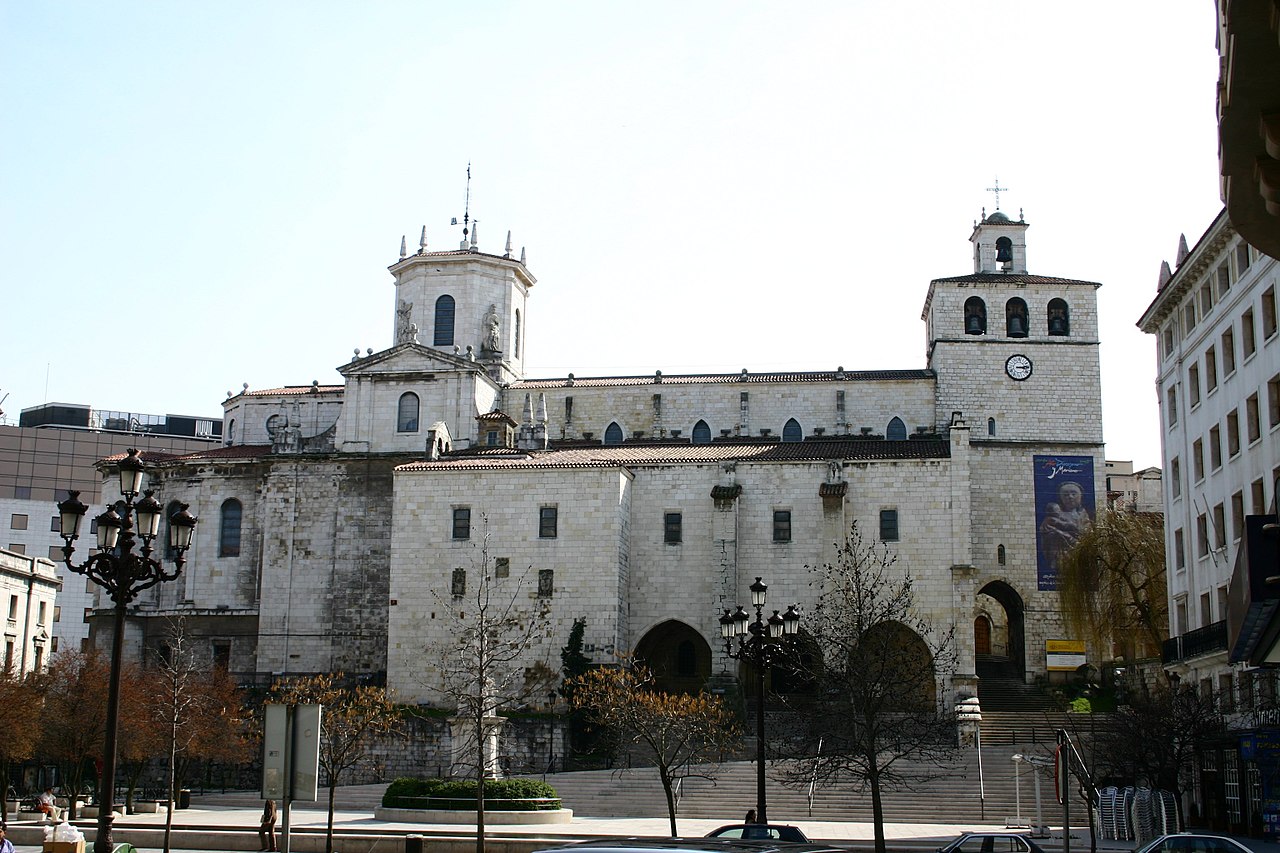
Cathedral Church of Our Lady of the Assumption
Paseo de Pereda
It is undoubtedly one of the symbols of the city. It is a long walk that runs from the center to the area of small port parallel to the coastline so it offers wonderful views of the bay. This circumstance, together with the fact that it houses some of the most outstanding buildings in the town such as the Banco Santander headquarters or Palace of the Spanish Transatlantic Company, has led to the declaration Historic Artistic Set.
Magdalena Palace
Built at the beginning of the XNUMXth century to serve as a residence for the royal family during their holidays, it is located in the peninsula of the same name and in front of the Mouro island. Therefore, the views from its beautiful gardens are impressive.
It is a construction of eclectic style that combines the influence of English mansions with the French style and even with mountain baroque architecture. Its main façade consists of two octagonal towers and a double-section staircase and all of it is built in masonry stone and slate on the roofs.
Later, some stables were added that recreate a english village. It is currently the headquarters of the International University Menéndez Pelayo.

Magdalena Palace
Menéndez Pelayo Library and House Museum
As you know, Marcelino Menéndez and Pelayo he was one of the most illustrious personages born in the city. Therefore, it is not surprising that much of what to see in Santander is related to him. This is the case of this magnificent building that houses its colossal library and which was built together with the house of the hero's family.
Belongs to historicist style with important Herrerian elements. Its façade is made up of a double-section staircase that culminates in a low-arch main door flanked by four large windows. In the garden, you can also see a statue of the scholar made by Mariano Benlliure.
Monumental complex of the Riva-Herrera palace
This construction, the oldest in the city in terms of civil architecture, is located in the Pronillo neighborhood and is A Cultural. The complex is made up of a medieval tower, the walls and a beautiful Renaissance mansion XNUMXth century. In the latter, its façade stands out, with a portico with two segmental arches, and its cornices, with flames and gargoyles.
It is not the one in Riva-Herrera, much less the only stately home in the city. We also recommend that you visit the palaces of the pine forests and the Marquis of Casa Pombo. Without forgetting the little Embarcadero palace.
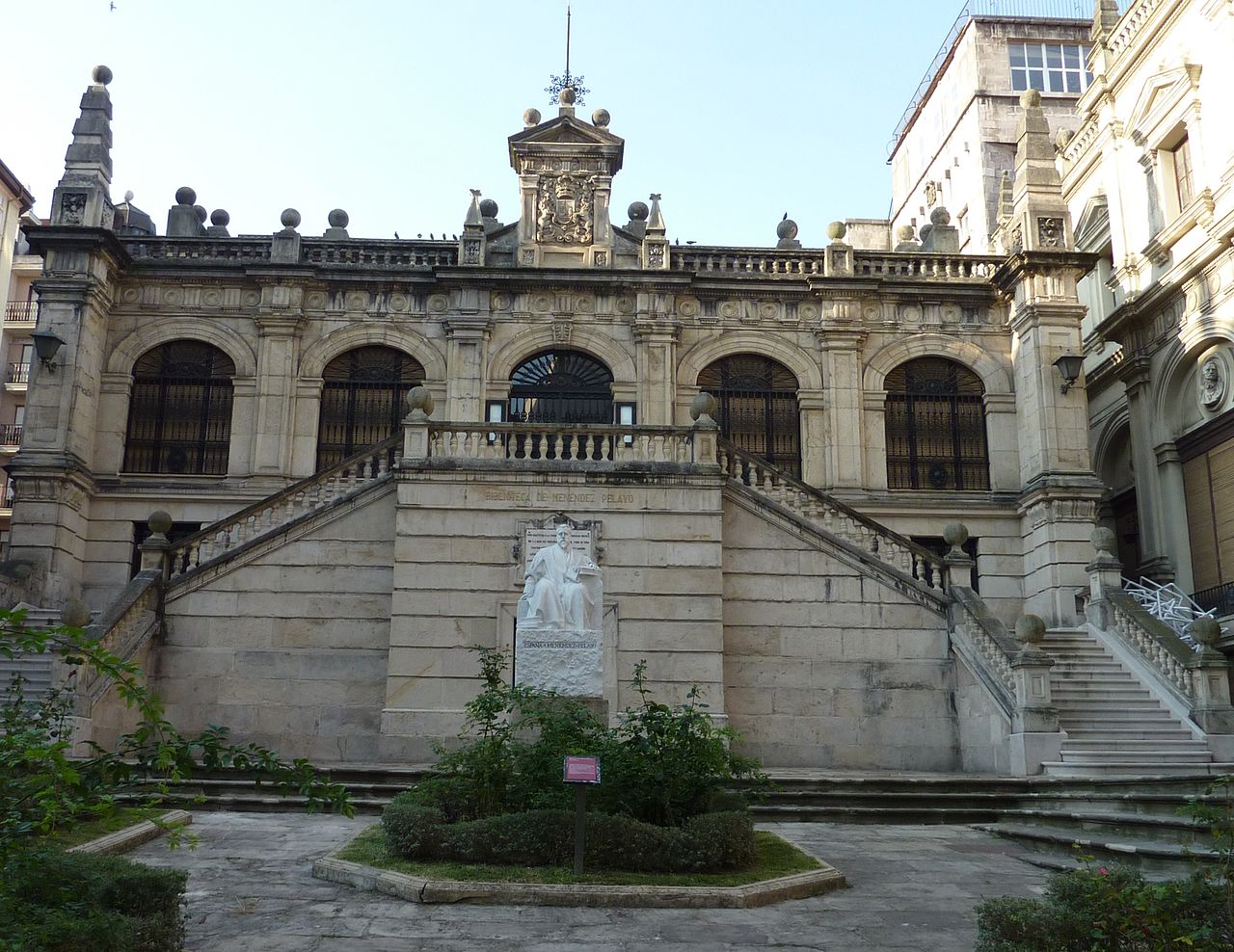
Menéndez Pelayo Library and House Museum
San Rafael Hospital
This magnificent court building neoclassic It was built in the late XNUMXth century to replace the old Mercy Hospital. The arches of the façade stand out, which make up a porch, and the interior patio with a square corridor. Currently, it is the headquarters of the Parliament of Cantabria.
Church of the Annunciation and Plaza Porticada
The first, declared A Cultural, is the best exponent of the renaissance architecture in Cantabria. The pediment and the semicircular arch of its façade stand out, as well as the dome with a lantern inside.
According to the porticada square or Pedro Velarde (Cantabrian hero of the War of Independence), is another of the places you have to see in Santander. It was built after the terrible fire that we have told you about but it responds to Neoclassical Herrerian style for being inspired by the old customs that were in the area.
Other buildings to see in Santander
The city still has many other buildings that are worth your visit. Among them, the recently opened Botín Center, a surprising and daring construction designed by Renzo Piano; the Convent of the Poor Clare Mothers of Santa Cruz, built in the seventeenth century and which is A Cultural; the eastern market, inaugurated in 1842; the churches of Santa Lucía y San Francisco and Corbanera castle, Which is also A Cultural.
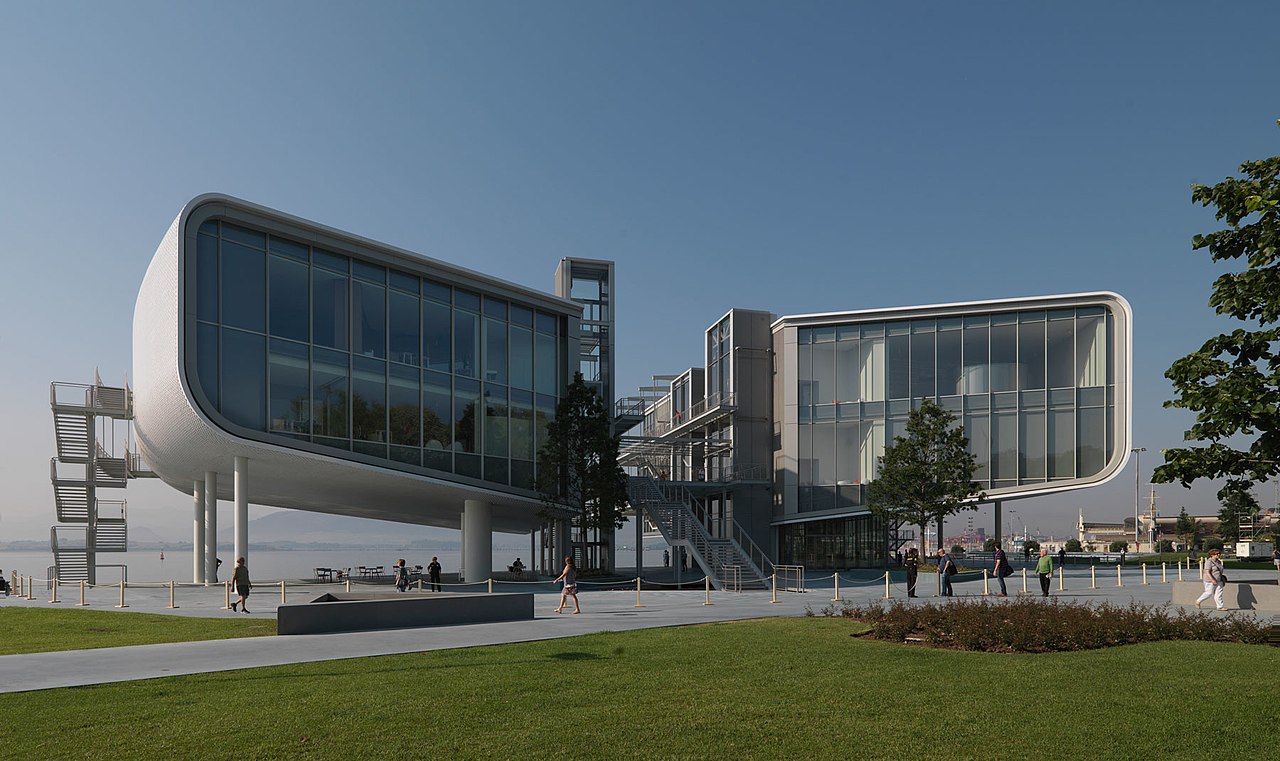
Botín Center
Beaches, the first thing to see in Santander
You have magnificent beaches in Santander such as Los Peligros, El Camello or Los Molinucos. But the most popular is that of the Sardinero, which spans a coastal area that begins on Reina Victoria Avenue. In reality, it is about two beaches that come together when the tide rises, forming a long stretch of sand.
Without a doubt, it is the best place for you to enjoy the waters of the Cantabrian Sea. Also, in the long promenade of the beach you can see buildings as beautiful as that of the Royal Hotel or the Grand Casino, the latter a beautiful neoclassical construction with modernist touches built in 1916. All this without forgetting the Piquío gardens with its beautiful viewpoint and the Mesones park.
More curious is the Puntal beach, although it is not strictly in Santander. If you take one of the rhinestones, boats that leave from the Embarcadero palace, you can reach this stretch of sand in the area of Somo. There are two and a half kilometers of beach with the Cantabrian Sea on both sides and magnificent views of the bay.
Museums
We have already told you about the Botín Center, which has an impressive exhibition hall dedicated to various artistic disciplines. But you can also see other museums. For example, the Cantabrian Sea o the one with the water. However, among all of them, there are two that you have to see in Santander.
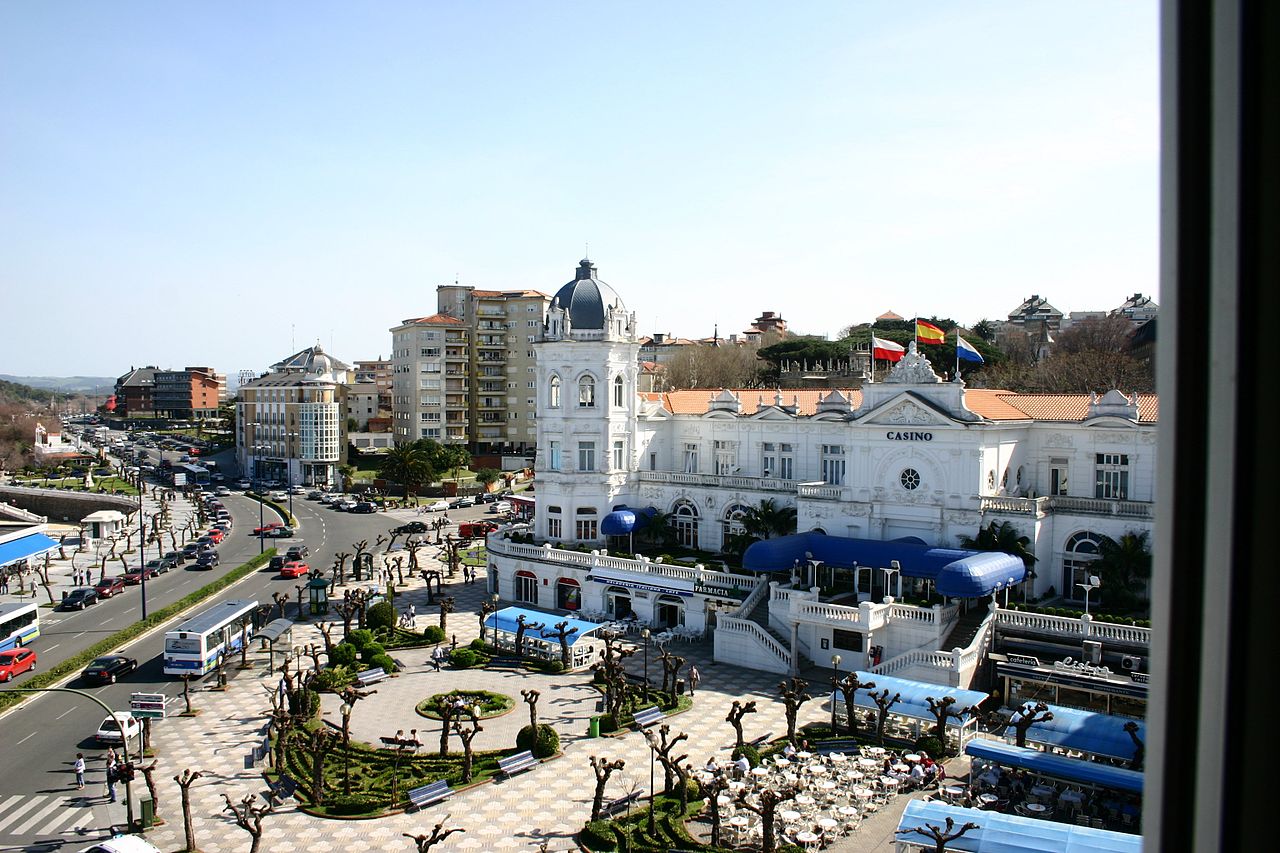
Great Casino of Santander
The first is Museum of Prehistory and Archeology of Cantabria, which is currently located in the East Market building. It houses one of the art collections of the Superior paleolithic Most important in the world. But also from other times such as the Chalcolithic or the Bronze Age and even more recent.
In fact, two of her jewels are the Patera de Otañes, a plate made of gold and silver in Roman times, and the so-called High medieval treasure of Ambojo, a set of Castilian and Aragonese coins from the XNUMXth and XNUMXth centuries.
As for the second, it is the Museum of Modern and Contemporary Art of Santander and Cantabria, former Museum of Fine Arts. It is located in the same building as the Menéndez Pelayo Library and preserves an important collection of painting and sculpture that ranges from the XNUMXth to the XNUMXth century. Of particular importance are the works of the Italian, Flemish and Spanish schools.
The parks of Santander
The Cantabrian city has many green areas. Some, such as the Piquío gardens or the Magdalena gardens, we have already mentioned to you. But among them stands out the Las Llamas Atlantic Park, located in the valley of the same name. It covers an area of about eleven hectares that are home to a great wealth of flora and fauna and that have bicycle lanes and other sports infrastructures. Right in front of this green space is the Santander Exhibition Center. And, if you like soccer, you also have the New Stadium of El Sardinero, where the Real Racing Club plays.
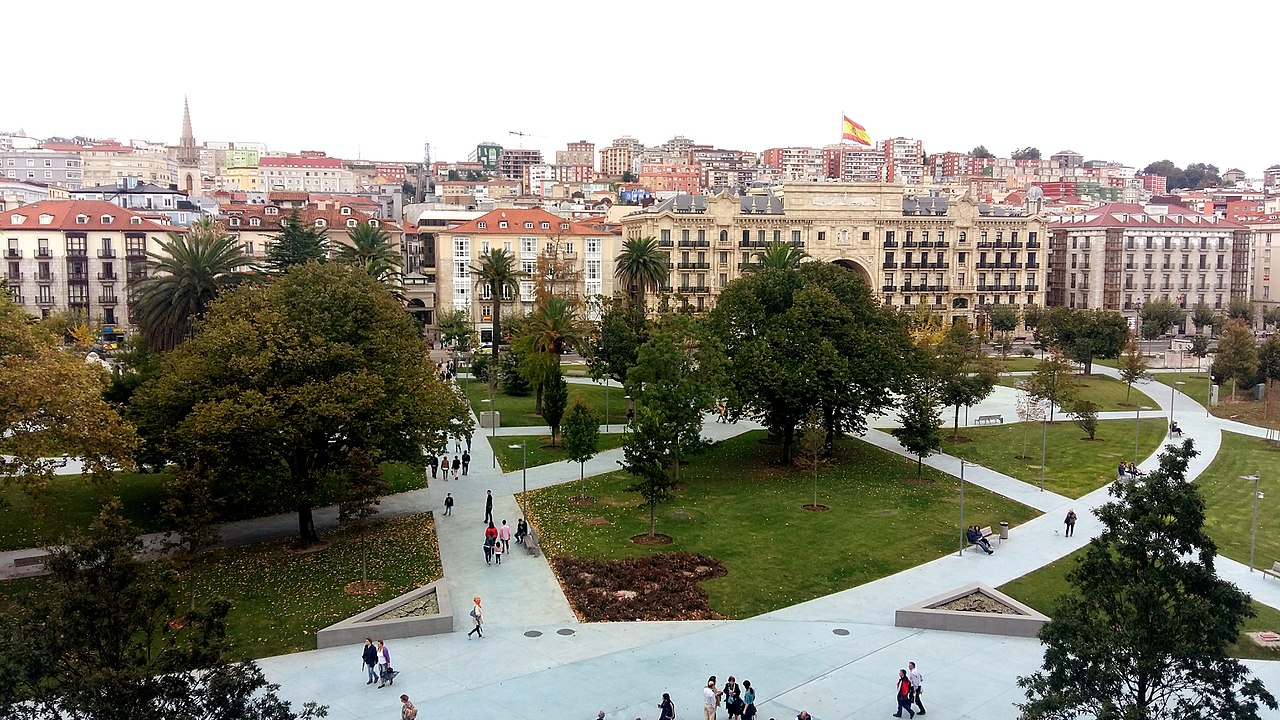
Pereda Gardens
small port
To finish, we recommend that you take a tour of the Puerto Chico neighborhood, once the city's mariner par excellence and that today houses the Leisure port, sports port. It is also one of the best tapas and drinks areas from the city, especially the streets Hernán Cortes, Juan de la Cosa, Santa Lucía or the Plaza de Cañadío.
What to eat in Santander
We have already talked about almost everything you have to see in Santander. But what we just told you about Puerto Chico leads us to tell you about the magnificent gastronomy of the city. Thus, you will regain strength after so much visit.
Being a coastal town, it is logical that Santander has magnificent fish and shellfish from the Cantabrian Sea. But it is also the capital of a community where livestock and garden products abound. For all this, we could tell you that the gastronomy of Santander is a perfect symbiosis of sea and mountains.
As for the first, it has made the anchovies from Santoña, famous all over the world. It has also led to squid are one of the most consumed dishes. And the same can be said of a recipe that takes tuna as its base: the pot, first cousin of the Basque marmitako but who substitutes chunks of bread for the pepper and is also known as sorropotun.
As for meats, you have to try in Santander the dishes of the magnificent Cantabrian beef, lamb, wild boar and deer. All of them are prepared in different ways but, for example, you should order a beef tenderloin with Tresviso cheese.
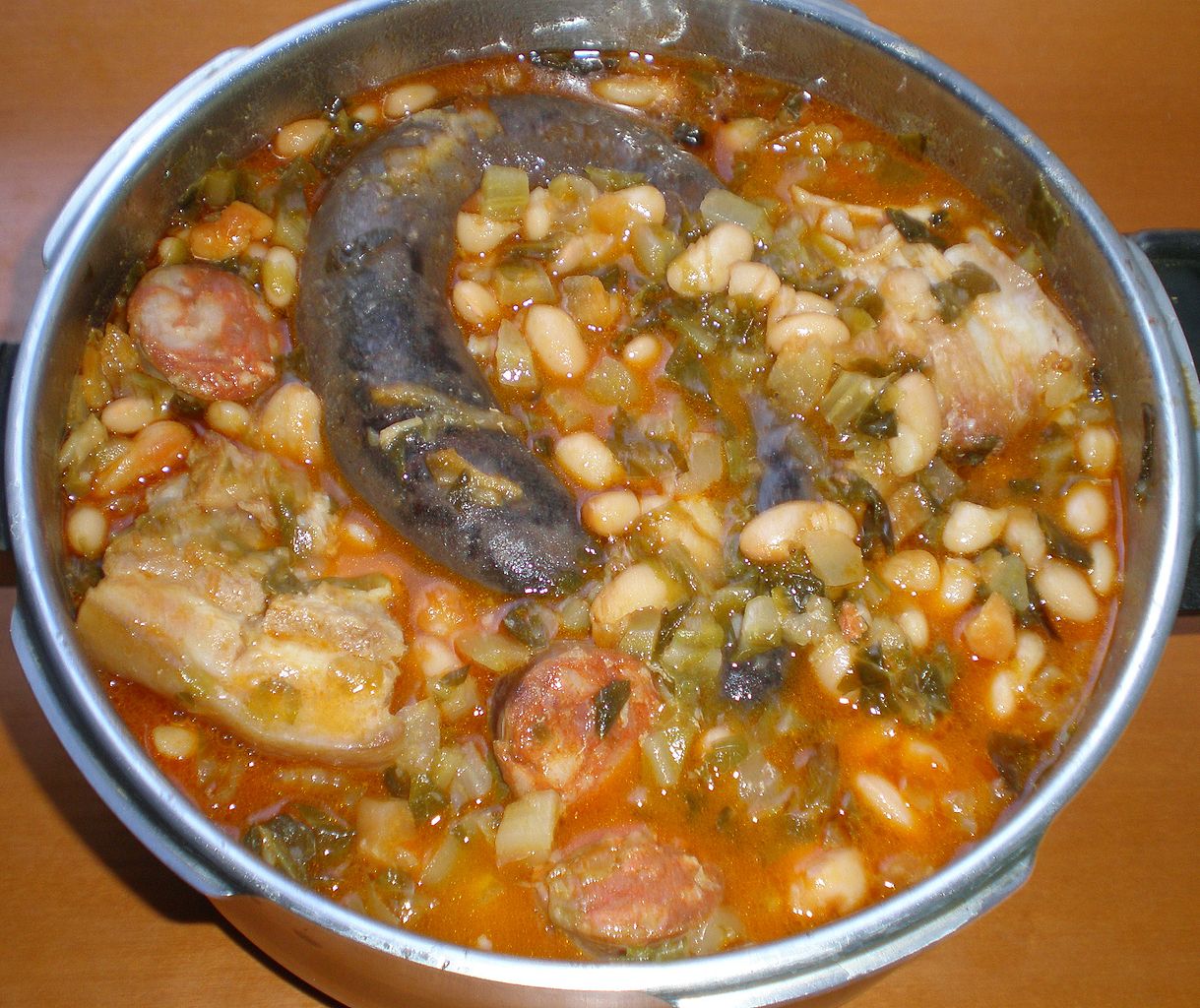
Mountain stew
More forceful is the Mountain stew, which has white beans and collard greens accompanied by compango, that is, chorizo, blood sausage, bacon and marinated ribs. A variant of it is the lebaniego stew, although it is more typical of the mountainous area of Liébana. This replaces the beans with chickpeas from Potes and the cabbages with potatoes.
Finally, regarding desserts, all of Cantabria has magnificent cheese. But three of them have a designation of origin: that of cream, that of Bejes-Tresviso and the so-called quesucos of the Liébana valley. But, if you prefer something sweeter, you have to try the rub your pasiegos and, above all, the Quesada Pasiega, which is made with cow's milk, butter, flour, sugar, eggs and grated cinnamon or lemon.
To finish your meal, you can order a Potes pomace, which has a high alcohol content but is taken in small amounts. You have them in different flavors like honey or herbs, but they are all delicious.
When is it better to visit the Cantabrian capital
As important as what to see in Santander is that you know the best time to visit it. Without at doubt it is summer, when the weather is warm without being hot and the city bustles with animation. In addition, around July 25, there are parties that are of Regional Tourist Interest.
However, if you are one of those who seeks more tranquility, spring it is also a good time to travel to Santander. The climate is pleasant and there are not as many visitors as in summer.
How to get to Santander
The capital of Cantabria has international Airport. It bears the name of Severiano Ballesteros and is located in the neighboring town of camango, just six kilometers from Santander. To get to this, you have several lines of buses.
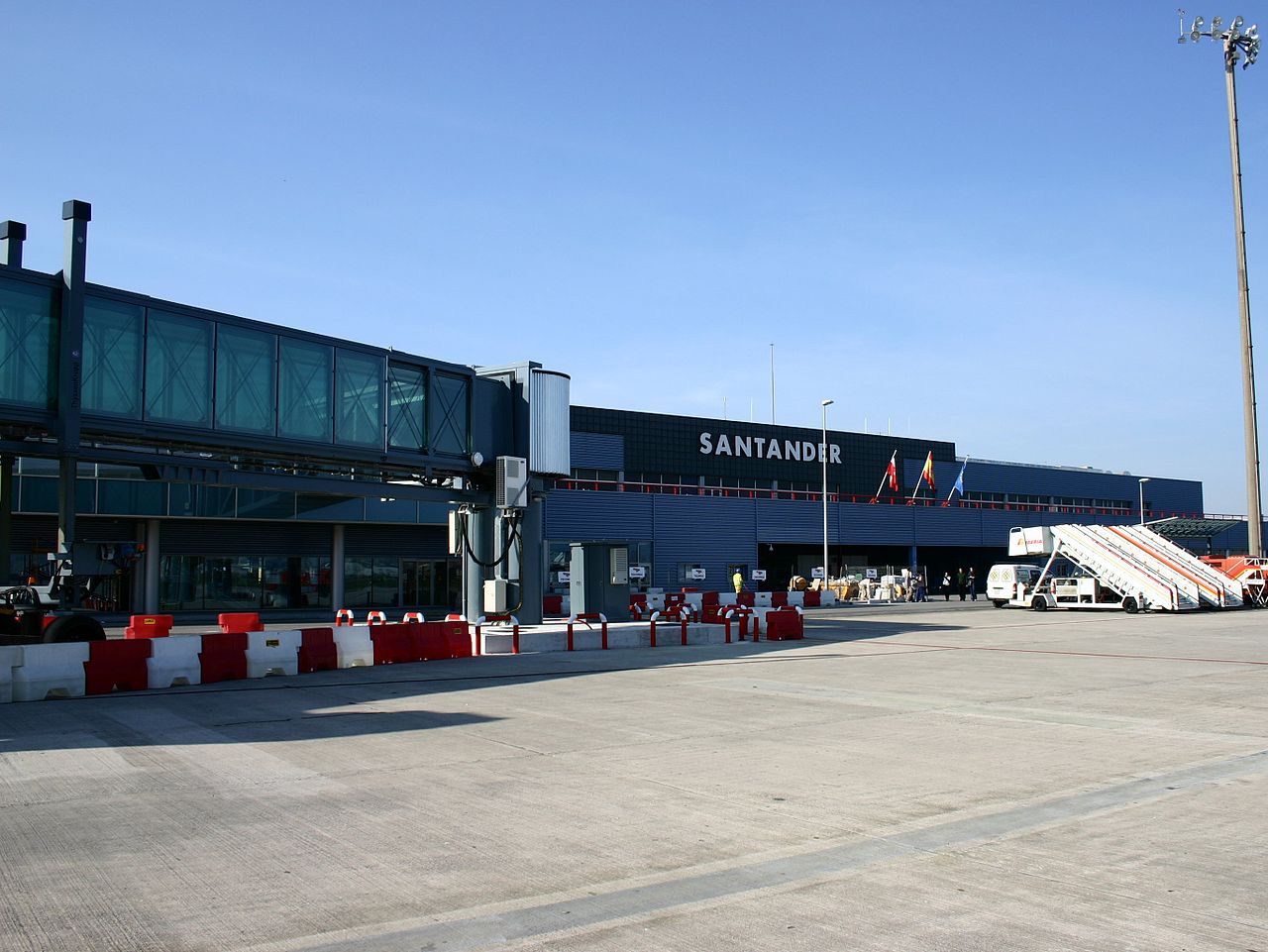
Santander airport
This same means of transport connects the capital of Cantabria with the main cities of Spain. But, if you prefer, you can use the ferrocarril to get to Santander. There are trains from both Madrid as from Bilbao and Oviedo that leave you in the same city.
Finally, if you are traveling in your own car, the access road from the west is the S-20 highway, while from the east you have to arrive by the series, as if you come from the south. Once in the city and if you want to exercise, you have a municipal service of bicycle rental.
In conclusion, we have explained what to see in Santander and also many of the activities that the Cantabrian city offers you. It is one of the most beautiful in Spain and it has everything: nature and beaches, monumental heritage, excellent gastronomy and welcoming and friendly people. Don't you feel like visiting it?